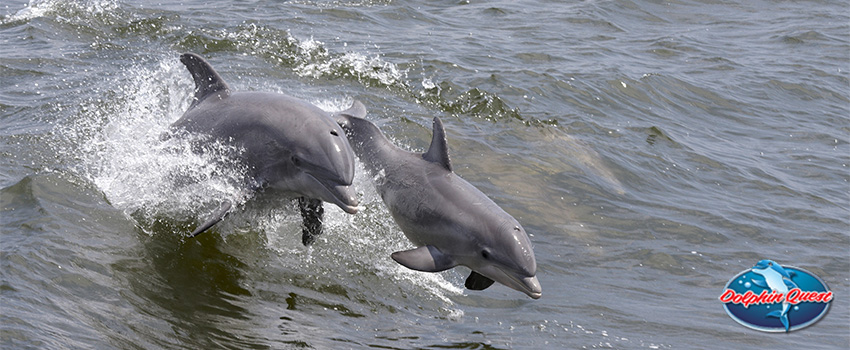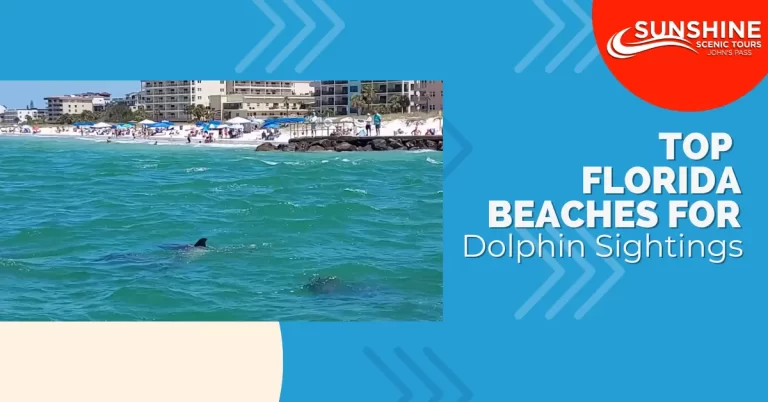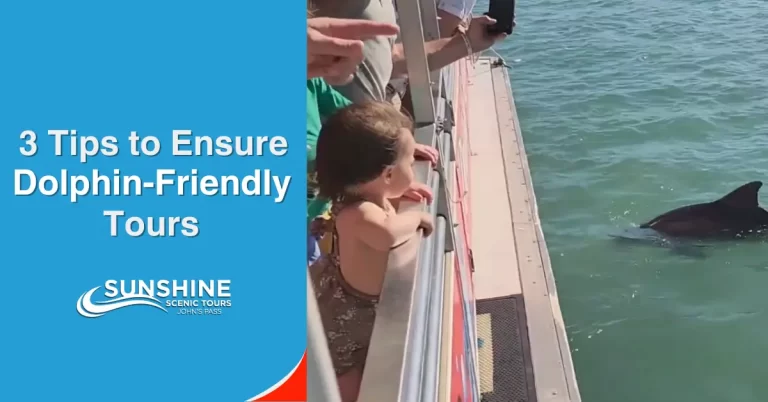Dolphins are fascinating creatures, and their behavior continues to pique our interest to this day. They are playful, curious, and quick-witted; they have been spotted to interact and play with humans. What is even more fascinating about them is that they help humans, and these creatures have no regard for their own safety or personal gain.
Scientists cannot pinpoint precisely why it happens. What we do know is that dolphins relate to humans more than any other marine species. For instance, in the wild, they are known to help their sick pod mates and other injured animals by swimming under them and pushing them to reach the surface to breathe. These dolphin behavioral adaptations demonstrate altruism.
Altruism: What is it?
Altruism is defined by wildlife researchers as an act wherein an animal sacrifices its own safety and well-being for another animal’s benefit. This phenomenon in the animal kingdom has been well-documented, and certain dolphin behavior patterns have been demonstrating it for years.
Dating centuries back, some scientists believe that dolphins help humans and other species because they are curious. Scientists know that dolphins are large-brained, outstandingly intelligent, and highly social, and they have found that dolphins even possess capabilities for mirror self-recognition, which is a main indicator of self-awareness. Researchers at the National Aquarium in Baltimore mentioned that this capability is known to “correlate with higher forms of empathy and altruistic behavior.” There are theories that abound to explain the altruistic behavior of dolphins. Among them are:
1. Kin Selection
Posited by William Donald Hamilton, this idea explains behavior based on inclusive fitness, in contrast to Charles Darwin’s notion of personal fitness. William believes that natural selection plays a role in increasing the representation of one’s allele genes by advocating the survival of the same genes of its relatives. This idea implies a connection of one’s altruistic behavior to their closeness with the individual that they are helping.
2. Genetics
Proposed by American biologist Edward O. Wilson in 2000, this theory explains that social behavior is genetically determined – specifically encoded in one’s genes. However, his claim remains in controversy after withdrawing his statement in 2010 due to insufficient evidence. Its debate against kin selection has been one of the highly contested ones in evolutionary biology.
3. Multilevel Selection Model
Based on group-level selection, this theory explains that different individuals and groups operate in a close-knit manner to promote and maximize fitness or reproductive success. Concerning this, dolphins travel in pods to protect their young and build strength in numbers to defend the entire group from predators.
As observed, each theory gives its own good explanation for various aspects of a dolphin’s behavior. However, there are limitations to each theory, especially in explaining altruism as a separate act without ulterior motives. The question remains the same: is kindness a facade that is more based on genetics or kin, or do dolphins truly have a concept of altruism?
To explain these, we are going to show you some great examples of heartwarming stories of dolphin species rescuing humans and other creatures.
A Few Stories
Are dolphins mean? – Actually, they are not! As everyone’s favorite marine creature, dolphins have been featured in a considerable number of news stories. All of these show an incredible dolphin behavioral pattern when it comes to coming to the aid of humans at a time of need or danger. Here are some incredible stories that show how magnificent these creatures can be.
Swimmer Rescue
During a swimming challenge, a long-distance swimmer named Adam Walker went on an exhausting 8-hour-and-36-minute swim across the frosty waters of the Cook Strait. While competing, he noticed a huge shark-like shape beneath him. Thanks to a pod of around ten dolphins, the shark was not able to come closer in his direction. The pod swam alongside him for about an hour as he crossed the strait.
Surfer Save
A 24-year-old surfer named Todd Endris was attacked by a great white shark on August 28, 2007. It was a near-death experience for the young man until 15 bottlenose dolphins came to the rescue and surrounded him to form a barrier, allowing Todd to swim safely to the shore.
Whale Rescue
In 2008, “Moko,” a bottlenose dolphin, lead a stranded pygmy sperm whale mother and calf back to sea after humans from the New Zealand coast made several failed rescue attempts.
Diver Rescue
A pod of dolphins surrounded a group of twelve divers who accidentally got lost in shark-infested waters. This lasted for 13 hours, and the pod continued to circle them until another team came to rescue them. The dolphins also helped the rescuers to locate the divers.
These stories show that dolphins can assess and weigh a dangerous situation and help creatures without giving thoughts for their own benefit. Just like how they care for members in their closely-knitted pod, they also have incredible potential to help and even save a human’s life.
If you want to meet these cute and friendly animals, observe some dolphin behavior patterns, and have a relaxing time with your friends and family, head down to our best dolphin cruise in St Pete Beach, FL. Call us today, so you can begin a unique visit with our friends at sea!







